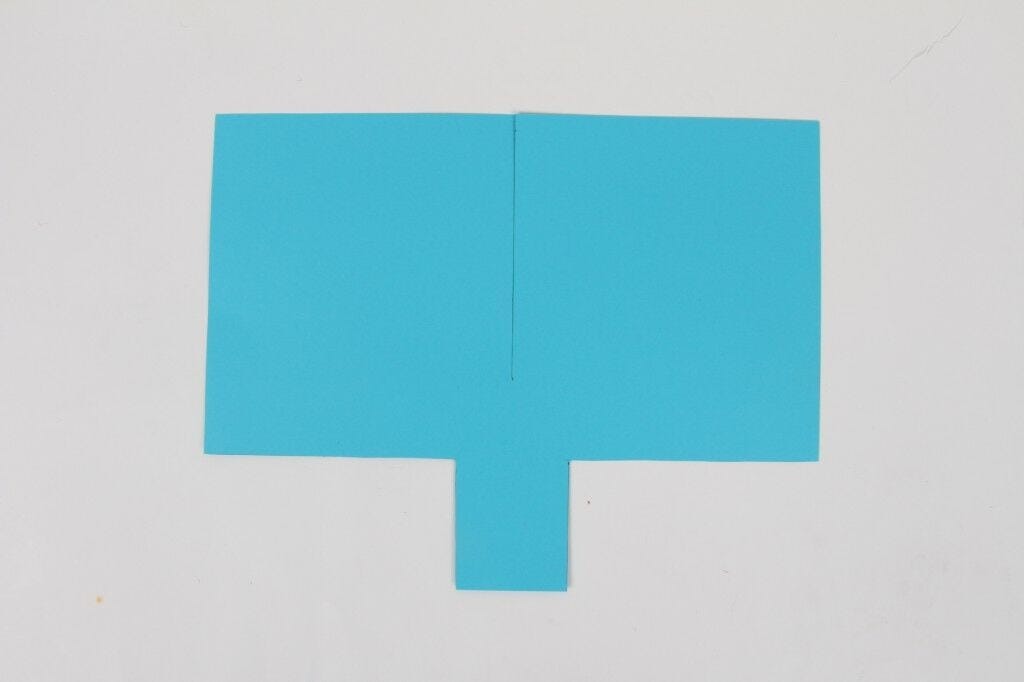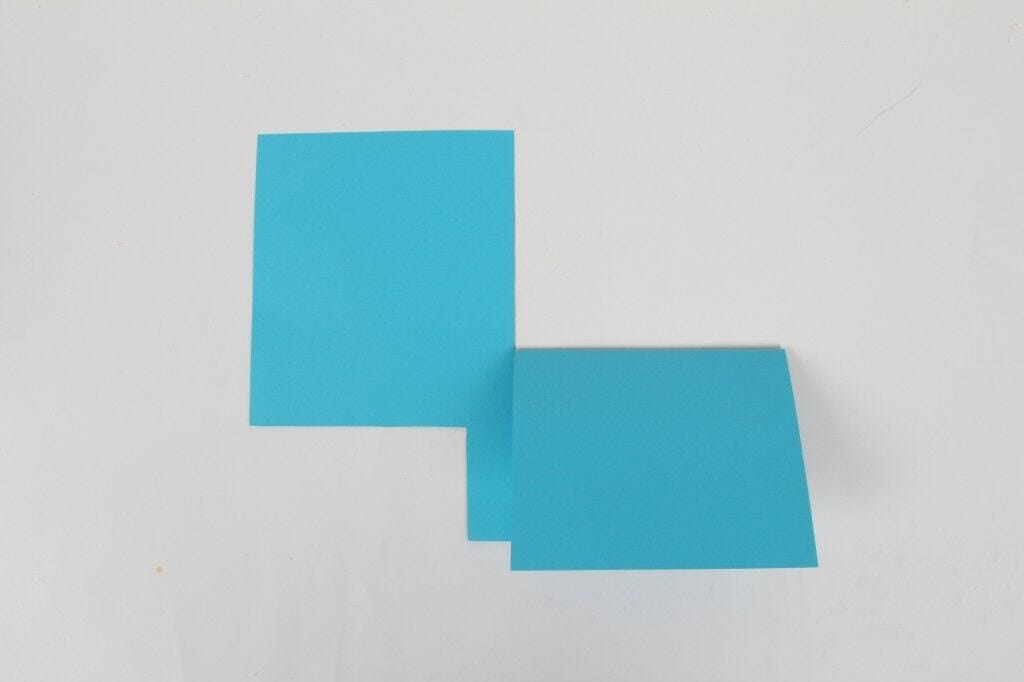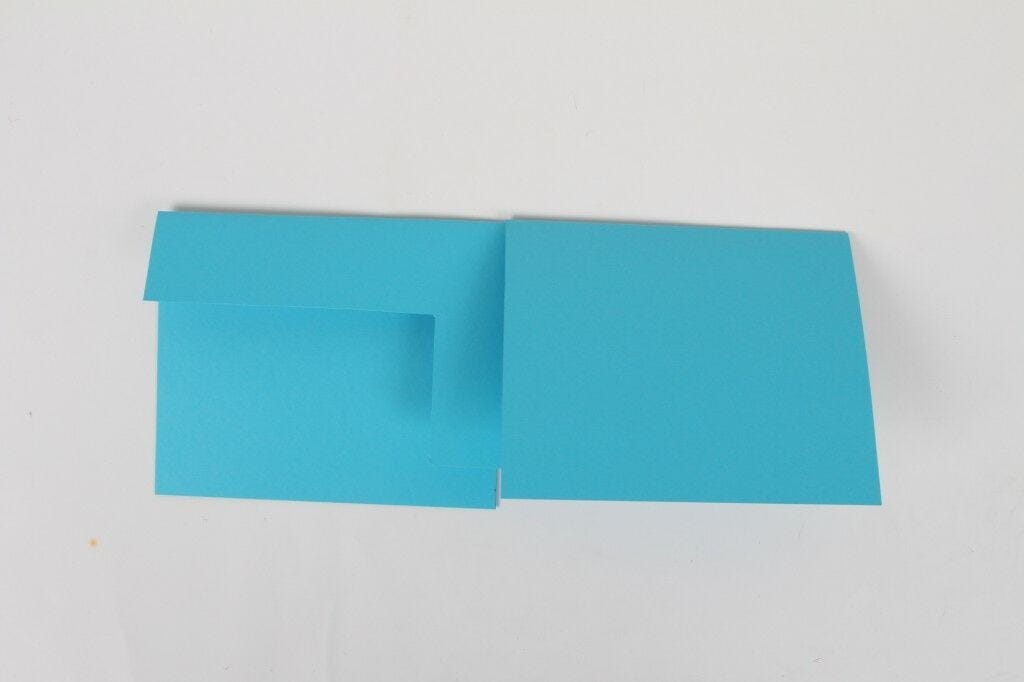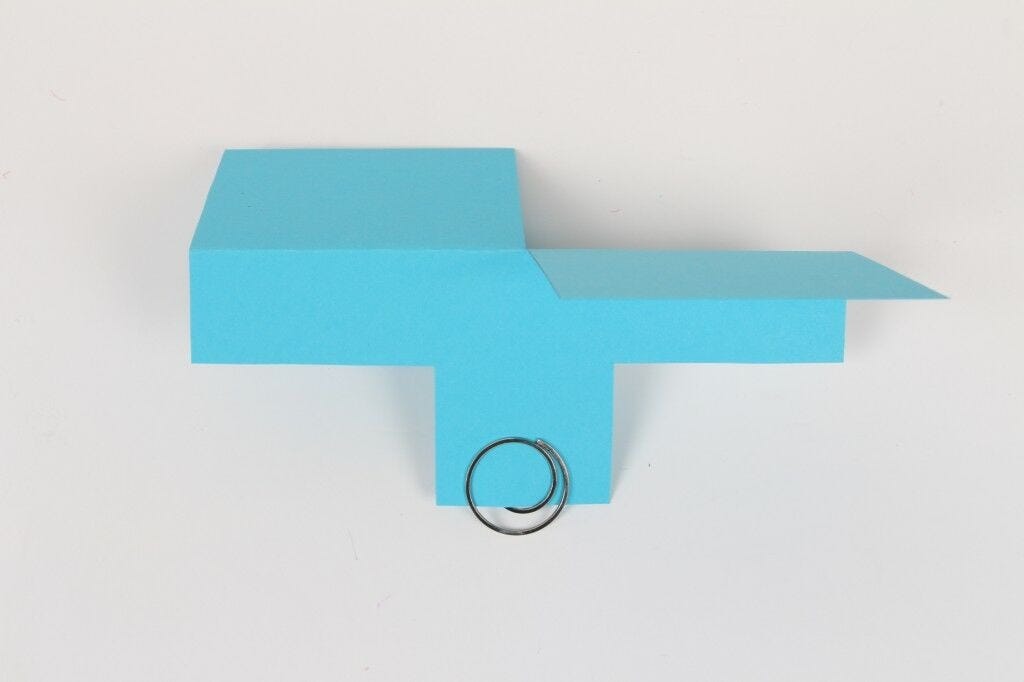DIY Paper Helicopter Experiment
Key Summary:
- This article will explore a fun and educational DIY paper science experiment on how to make a paper helicopter.
- The project is perfect for kids and adults alike, providing an engaging way to learn about science and aerodynamics.
Hands-on learning is essential for understanding complex concepts, and DIY science experiments offer a fun and interactive way to explore various scientific principles. In this article, we will delve into the world of aerodynamics with a step-by-step guide on how to create a paper helicopter. This project is not only educational but also entertaining, making it suitable for individuals of all ages who are curious about the science behind flight.
Detailed Information and Supporting Headings:
Materials Needed
Before starting the paper helicopter project, gather the necessary materials. You will need a sheet of paper, scissors, tape, and a ruler. The type of paper used can affect the helicopter's flight, so experiment with different weights and sizes to see what works best. Make sure to have a clear workspace to fold and assemble the helicopter without any distractions.
Step-by-Step Instructions
Begin by folding the paper in half lengthwise to create a crease down the center. Then, fold the top corners down to meet at the center crease, forming a triangle. Next, fold the bottom corners up to create a smaller triangle. Fold the paper in half along the center crease, then fold the top corners down again. Finally, fold the bottom corners up to create the helicopter blades. Secure the folds with tape and gently launch your paper helicopter to see it in action.
Science Behind It
The paper helicopter project demonstrates key aerodynamics principles, such as lift and drag. When you release the helicopter, the blades create lift by pushing air downwards, causing the helicopter to spin and descend slowly. The design of the helicopter affects its flight characteristics, with modifications impacting its stability and speed. By experimenting with different designs, you can learn more about how aerodynamics influences flight performance.
Variations and Customizations
Once you have mastered the basic paper helicopter design, consider exploring variations and customizations. Try adjusting the size and shape of the blades to see how it affects flight. You can also experiment with adding weight to the helicopter to change its descent rate. Get creative with colors and decorations to personalize your paper helicopter and make it stand out. The possibilities for customization are endless, so have fun exploring different options.
Who Can Benefit from This Experiment
Whether you are a student looking to learn about aerodynamics or an adult seeking a fun DIY project, the paper helicopter experiment is suitable for a wide range of individuals. Here are some specific groups who can benefit from this project:
- Kids interested in science and hands-on activities
- Teachers looking for engaging classroom experiments
- Parents seeking educational activities for their children
- Science enthusiasts wanting to explore aerodynamics principles
- Anyone looking for a fun and interactive DIY project
Best Times to Engage in This Experiment
While the paper helicopter project can be enjoyed at any time, there are certain occasions when it can be particularly beneficial and enjoyable. Consider the following scenarios for when to engage in this experiment:
- During a science fair or STEM event to showcase aerodynamics
- As a hands-on activity for a classroom lesson on flight
- On a rainy day when indoor activities are needed
- As a family bonding activity on weekends or holidays
- When looking for a creative break from daily routines
Practical Applications of the Paper Helicopter Experiment
While the paper helicopter project is a fun and educational DIY activity, it also has practical applications in various settings. Explore some use case examples where this experiment can be beneficial:
- Integrating the project into a homeschooling science curriculum
- Using the paper helicopter as a visual aid for explaining aerodynamics in a physics class
- Organizing a paper helicopter competition to promote teamwork and creativity
- Engaging in the experiment during a science-themed birthday party or event
- Creating a series of paper helicopters to study flight patterns and design modifications
What Sets Our Product Apart
Our paper helicopter project stands out from other DIY experiments due to its combination of educational value and entertainment. By exploring aerodynamics principles in a hands-on way, users can gain a deeper understanding of flight mechanics. The project's simplicity and accessibility make it suitable for individuals of all ages and skill levels. Additionally, the customizable nature of the paper helicopter allows for endless creativity and experimentation. Overall, our product offers a unique blend of learning and fun that sets it apart from traditional science experiments.
Real-World Applications and Benefits
Education and Learning
The paper helicopter project serves as a valuable tool for educators to engage students in STEM subjects. By incorporating hands-on experiments like this, teachers can make complex concepts more accessible and memorable. Students can apply theoretical knowledge to practical scenarios, enhancing their understanding of aerodynamics and physics. The project also fosters critical thinking skills and encourages curiosity and exploration in a classroom setting.
Personal Development and Creativity
For individuals outside of formal education, the paper helicopter project offers a chance to develop new skills and spark creativity. Engaging in DIY experiments can boost problem-solving abilities and enhance spatial awareness. By customizing the design and testing different variations, users can unleash their creativity and see the direct impact of their choices on the helicopter's performance. This hands-on approach to learning promotes a growth mindset and a sense of accomplishment.
Maximizing Your Experience with Our Product
Tips for Optimal Results
To get the most out of your paper helicopter experiment, consider the following tips for optimal results:
- Experiment with different paper weights and sizes to find the ideal balance of lift and stability.
- Ensure a clear and open space for launching the helicopter to avoid obstacles or interference.
- Record your observations and measurements to track the performance of different designs and modifications.
- Engage in discussions with others about the science behind the project to deepen your understanding of aerodynamics.
- Share your experiences and results with friends or online communities to inspire others to try the experiment.
Flight of Imagination:
As we wrap up our exploration of the DIY paper helicopter experiment, it's clear that this project offers a perfect blend of fun and education for individuals of all ages. By understanding the science behind aerodynamics and engaging in hands-on learning, we can gain a deeper appreciation for the principles that govern flight. The paper helicopter serves as a tangible example of these concepts, allowing us to experiment, customize, and explore the world of aviation in a creative and interactive way. So, let your imagination take flight and embark on your own paper helicopter journey today!




























